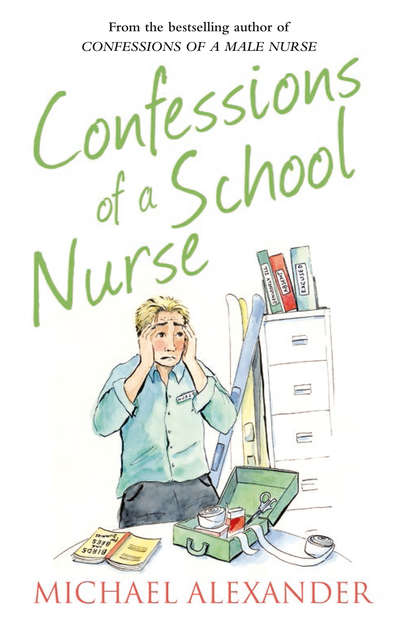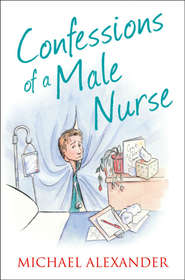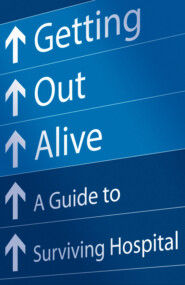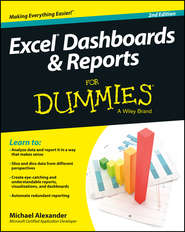По всем вопросам обращайтесь на: info@litportal.ru
(©) 2003-2024.
✖
Confessions of a School Nurse
Настройки чтения
Размер шрифта
Высота строк
Поля
Chrissy sighed and rolled her eyes as if speaking to a simpleton. ‘My … head … is … sore.’
The ‘migraine’ sufferers are the easiest to catch. A real migraine sufferer looks absolutely miserable, and just wants to lie down with a pillow over their head and a bucket beside them. Not only did Chrissy look fine, she also had the energy to be sarcastic and roll her eyes. But knowing someone’s lying doesn’t necessarily make it easier to catch them out.
‘How do you know it’s a migraine?’ I asked.
‘Mum has them, and she said I do as well.’ So many people have no idea of any of the symptoms of a true migraine. But perhaps Chrissy had the beginnings of one.
‘Do you feel like vomiting?’ She nodded her head.
‘Visual disturbance?’ Another nod.
‘Dizziness?’ Of course.
I naïvely asked her to rate her pain on a scale of 1 to 10, with 10 being the worst pain she could ever imagine.
‘Nine or ten.’
She seemed prepared to say yes to every symptom I described. She should be curled up on the floor, her arms wrapped over her head, pleading for us to put her out of her misery.
‘It sounds like a real bad one, you’ve probably got some diarrhoea as well.’ Chrissy thought over her response, unsure if I was testing her (which I was) before suggesting that things had seemed a little ‘looser’ than normal that morning. I gave up. Two 500mg tablets of paracetamol, one hour rest, and she went back to class, symptom free. I found out later that she had missed her Maths test because she was resting in the health centre.
What did I learn? I learnt to keep my mouth shut, which is quite different to what I’d do in an emergency room. When you’ve got a forty-year-old man with chest pain, you question their symptoms because it helps define the problem, and may just save their life. Questions like ‘Does the pain go down your left arm?’ or ‘Do you have pain in the jaw?’ are absolutely vital.
But at the school, I didn’t want to ask them if they had any visual disturbance, nausea, vomiting, aura, pins and needles, as the moment I gave them some symptoms to choose from, they usually chose the lot. Without fail, those who have real migraines know their symptoms and do not hesitate to let me know.
Basketball (#ulink_13509e5b-4c52-5662-8a72-3bf5752ef61e)
I like Sunday nights at the school, because they’re usually pretty quiet nights to be on call. There are no activities, no drinking (that we know of) and usually little chance of the kids getting into trouble because they’re back in their dorm preparing for the week.
But when the phone rang at 8pm one Sunday I received a rude awakening.
‘You have to come quickly, there’s blood everywhere. Come now, quick!’
The line went dead. I was about to press redial when the phone rang again. ‘Sorry, it’s me, Brian. I’m in the gym; you have to come quickly, Steve’s real bad.’
Brian was the coach of the school basketball team. He was normally a level-headed guy, but like many people involved in nasty looking accidents, when the adrenaline kicks in, they’re not the most coherent. I told him to slow down, take a couple of deep breaths, and tell me what happened.
After a pause: ‘We were playing basketball, practising for the tournament next weekend. Steve took a fall. It’s his arm. There’s blood everywhere. I don’t know what happened; it’s real bad.’ An arm injury with lots of blood didn’t sound good at all. The worst-case scenario I could think of involving bones and blood was a compound fracture, that is, a broken bone that is also poking through the skin.
I could hear screaming in the background and grabbed my first-aid kit and car keys and headed out the door.
I walked into chaos. There were two adults with Steve, and a horde of boys surrounding them all offering advice at the same time. Yet through all this noise I could hear Steve screaming in agony.
I was the only medic on the scene and it was up to me to do the right thing.
‘Don’t move him.’ As I pushed my way through the crowd, the kids were yelling their diagnoses.
‘It’s his back, he’s broke his back.’
‘Oh shit, there’s blood everywhere, I think I’m gonna puke.’
As I reached Steve and knelt beside him, I grabbed the shoulder of James, the assistant coach, and ordered him to remove all the boys from the gym. Some resisted, determined to help, others were happy to be led into the foyer, speechless, helpless, but grateful for some direction.
In any situation where there’s a crowd, the best thing you can do is to have someone remove the onlookers. I’ve seen a lot of people with what initially appears to be a serious injury calm down and walk away without any problem once the jittery, frenzied bystanders have been removed. It’s also impossible to do an assessment with a screaming horde of onlookers.
Steve was sitting on his backside, clutching his right arm, the front of his shirt covered in blood. I breathed a sigh of relief when I realised the blood wasn’t coming from an open wound on his arm but from his nose.
I imagined myself back in the triage room. One of the basic rules of triage is the ABC:
A – his airway was clear, although his nose still had a trickle of blood coming from it.
B – judging by the groans of pain his breathing was fine.
And as for his C – well, he hadn’t passed out and he was able to sit so he had an adequate circulation.
Clearly something was wrong and causing a lot of pain, but it was probably not life threatening just yet. I asked him what had happened.
‘Please just do something … it’s killing me.’
I promised Steve I would do something shortly, but stressed that I did need to know what happened.
Steve had been jumping for a shot when he received an elbow to the nose and came down on his right shoulder. He said he hadn’t hit his head or lost consciousness.
It’s tempting to tackle the most obvious injury first, and while I could see him clutching his arm, I wanted to be doubly sure to rule out any possible head injury and anything more substantial than a bleeding nose. Alongside the A, B, C is an often unknown little addition, another C, for C-spine.
C-spine, in other words, the bones that make up your neck, should always be checked for injury before moving a patient. The problem is, I’ve only ever assisted the doctors when they do such things. I’m the one who leads the ‘log-roll’ when turning patients with possible back injuries. I’m the one who holds the neck still while the doctor gently prods his finger around the back of the neck. If I stuff up and make a sudden move, it can mean a patient is paralysed for life. But now it was up to me to decide the best course of action.
‘Is your neck sore?’ I asked.
‘It’s my arm, please just fix the bloody arm, please do something,’ he begged. But I didn’t get a definitive ‘yes’ or ‘no’, and I had to be sure.
‘I’m sorry mate, I’ll get to the arm next, but I have to know for sure. Were you knocked out at all, and is the back of your head or neck sore?’
‘Geez, they’re fine, the arm, please …’
To be 100 per cent confident, I placed my fingers on the back of his neck and he denied feeling any pain when I gently pushed. I moved on to the arm.
I asked Steve to sit up straight and he tried, but he wouldn’t let go of his right arm. ‘It’s too painful, I just can’t.’ He had straightened enough for me to see that his right shoulder was not the same as the left. It was obviously dislocated. I checked the pulse on his right wrist and felt his hands. His pulse was strong and his hand warm. No circulation problems there … yet.
Not all shoulder dislocations are obvious, especially in the hospital setting where we see people of all ages and sizes. The size of a person can make it difficult to tell. Often frail people don’t even need to have an accident or any overt force involved to dislocate a joint, and their statures make it hard to see if something’s out of sorts. But a seventeen-year-old boy on the basketball team is likely to be tall and skinny. The poor lad didn’t have enough flesh on him to hide anything.
My clinic was only 100 metres away and with the help of Brian and James we managed to get Steve lying on the examination table. I tried calling Dr Fritz but got no answer. I remembered that this was one of the few weekends he had off; we were alone.
‘Fuck!’ Steve was trying to find a comfortable position but not succeeding. ‘Just fucking do something, fuck, fuck, fuck …’ He carried on screaming, pleading, while I didn’t have the courage to tell him that there was no doctor.
Steve had found the best position to ease the pain a little. He was lying face down on the examination table with his right arm hanging down off the side. ‘Please do something soon. I can’t take this anymore.’
In such instances the emergency call was directed to the next village over, usually a thirty-minute drive away. The next option was the ambulance, but the nearest ambulance was forty minutes away, which would mean at least an hour and a half before he got to hospital. My other option was to take him by car, screaming all the way. With such limited and unappealing choices, I opted for driving.











